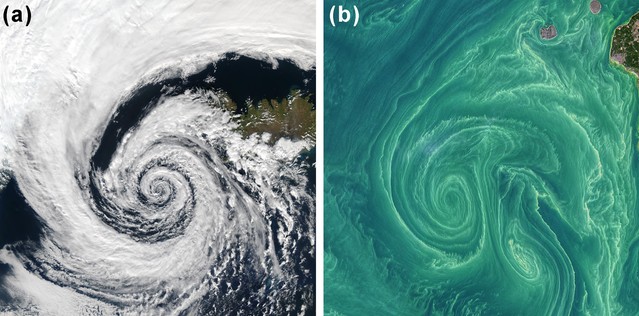Shun Yang1, Haibin Song1, *, Bernard Coakley2, Kun Zhang1, Wenhao Fan1
1School of Ocean and Earth Science, Tongji University, Shanghai, China
2Geophysical Institute, University of Alaska, Fairbanks, AK, USA
Abstract
The Arctic Ocean is well-known for its large number of mesoscale eddies. We observed a lens-shaped mesoscale eddy by using two roughly perpendicular multichannel reflection seismic sections collected in the Northwind Basin, Arctic Ocean in late September 2011. This is the first seismic imaging of the water column in the Arctic Ocean. The two lines were acquired about seven days apart. The eddy had a horizontal scale of ∼56 km and extended from near surface to 300 m. The thickness of the eddy was ∼250 m. The eddy core, characterized by weak reflections, has a radius of ∼13 km. The volume of core water was ∼89 km3. The horizontal current velocity collected by acoustic Doppler current profiler simultaneously with the seismic data shows that the eddy had a rigid core with a rotation period of ∼26 hr, and max azimuthal velocities of 0.59 m s−1. The velocity outside the core decreased in a quadratic inverse curve with the radius. During the observation, the eddy moved westward with an advection velocity of ∼1 cm s−1, and the net transport of the core water was about 0.05 Sv. There were multi-arm structures at the boundaries of the eddy, forming submesoscale spiral bands. The steep spiral arms (dip angle can be up to ∼4°) may be caused by eddy stirring. Seismic observations provide important insights into our understanding of the vertical structure of ocean eddies, the horizontal and vertical transport of matter, and fluxes of heat that can cause sea ice melting in the Arctic Ocean.
Full Article:https://doi.org/10.1029/2021JC017984



